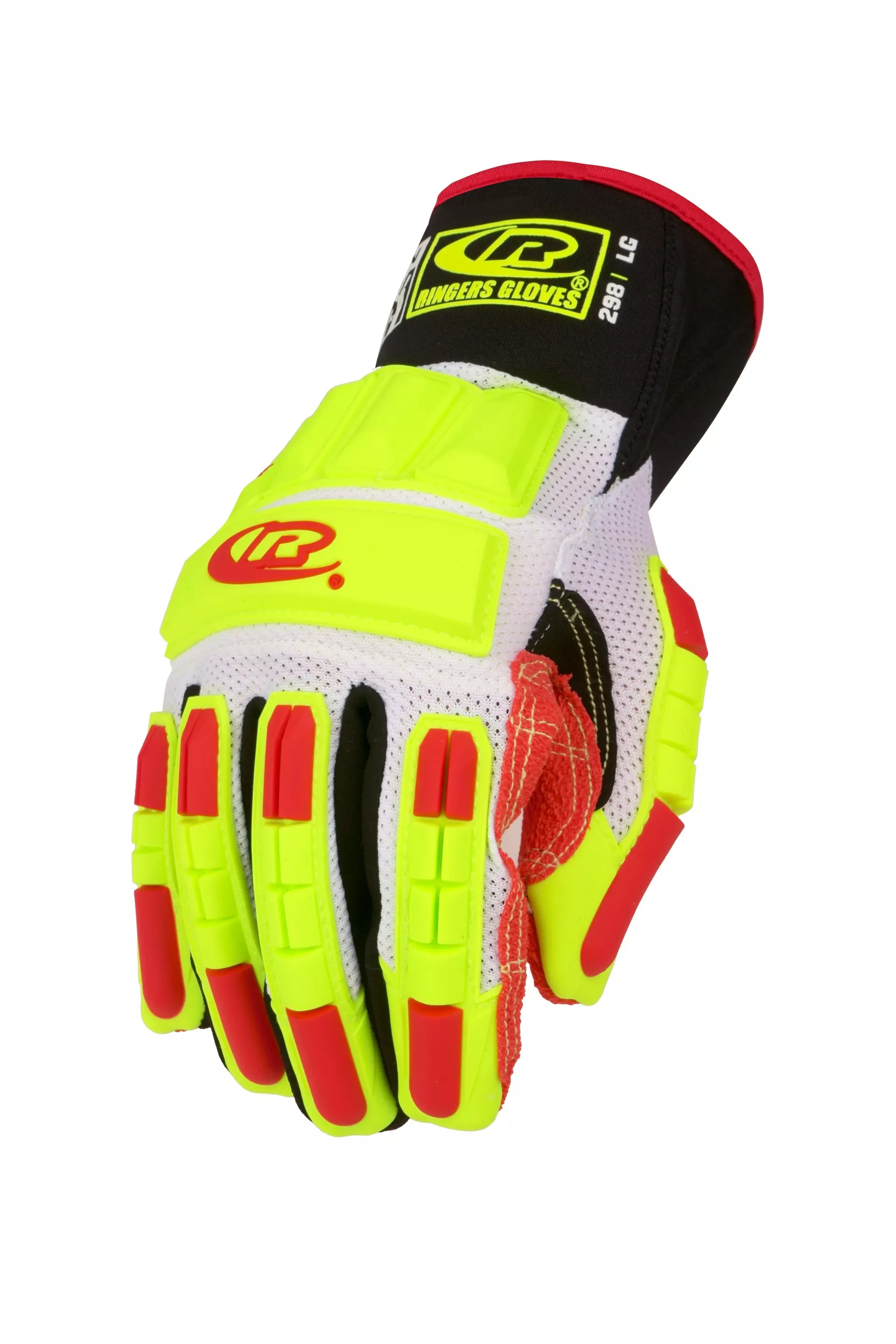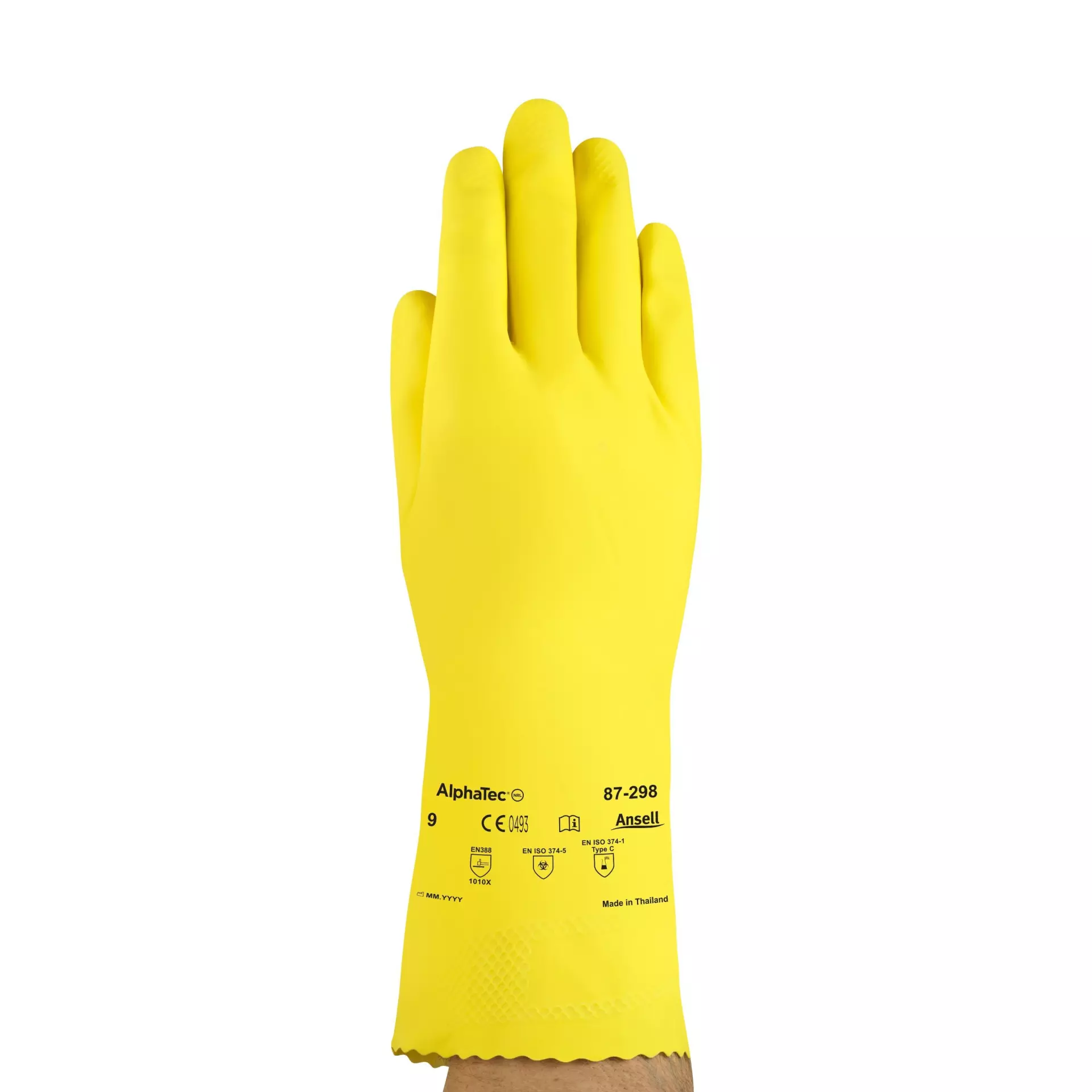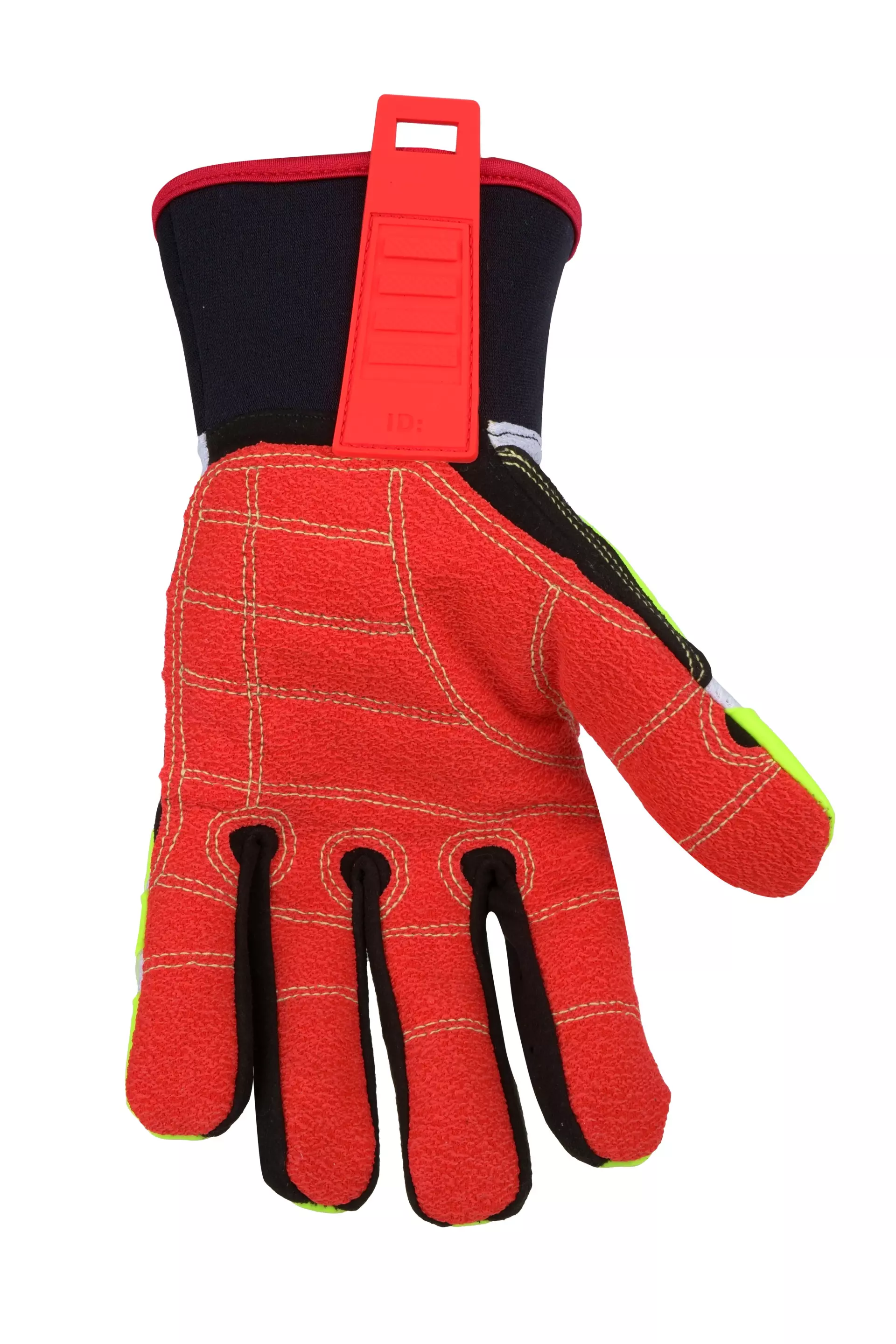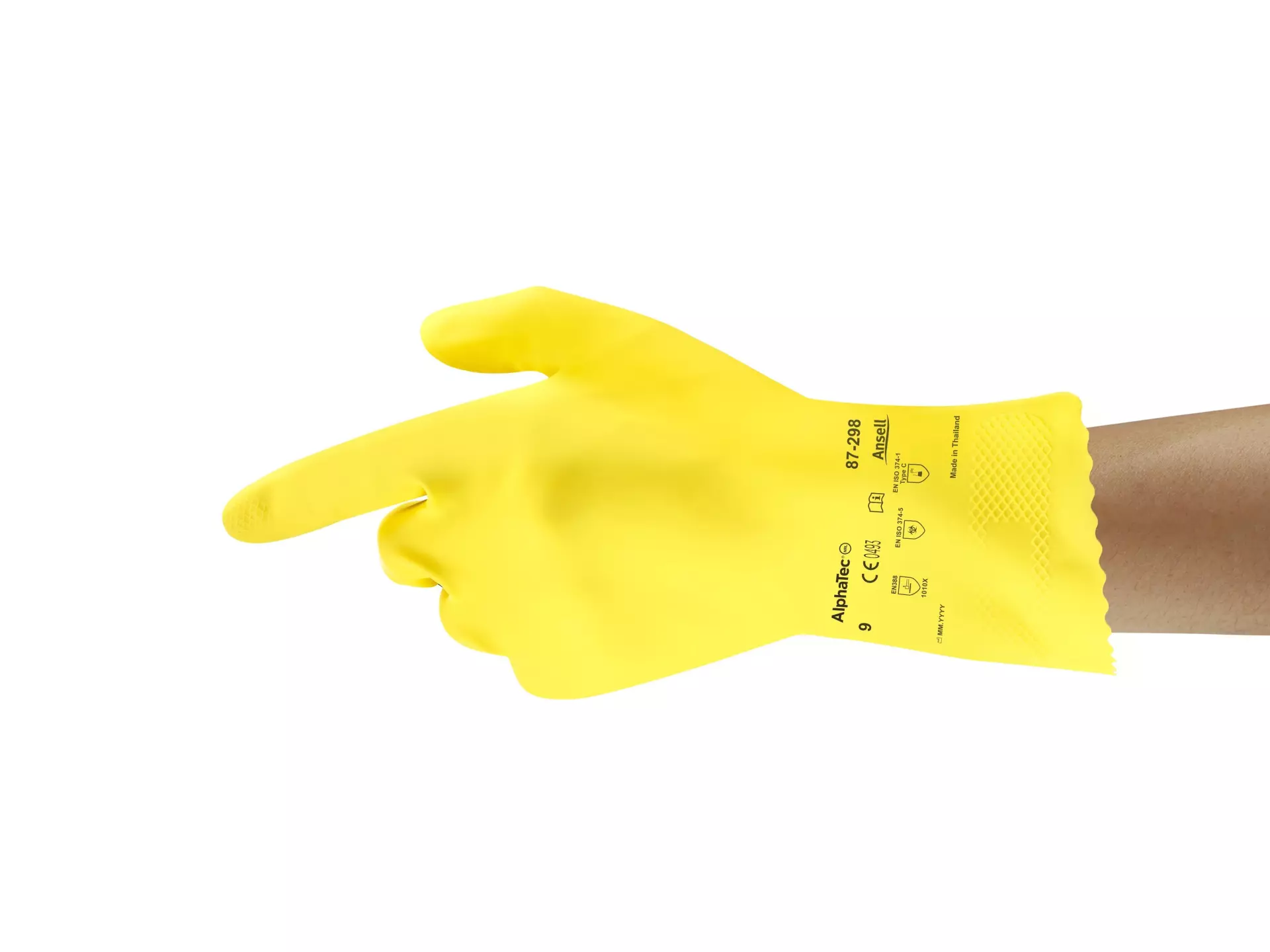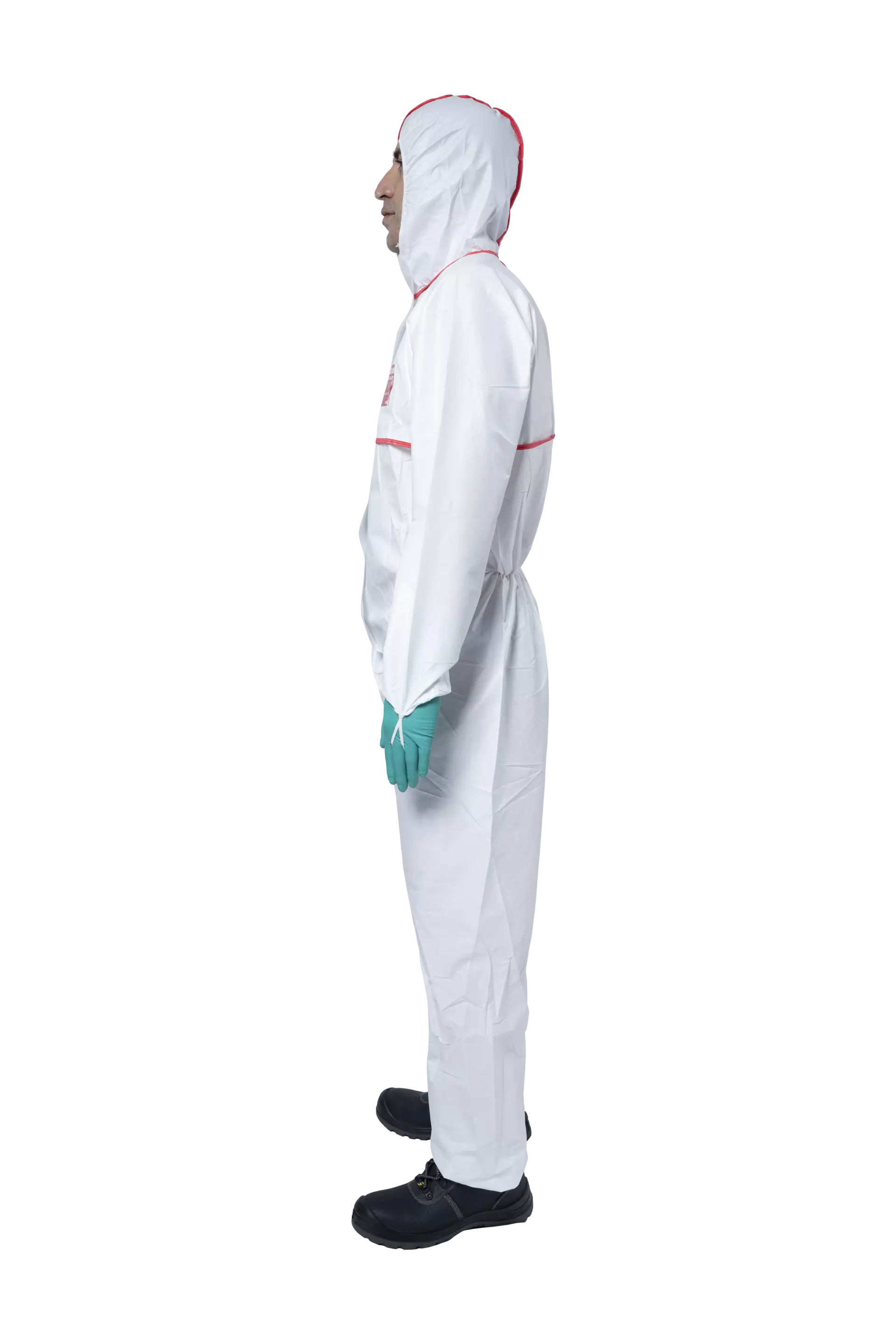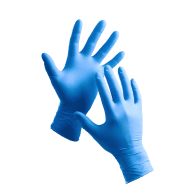Ringers 298
4.7 / 5
Product description
Description
Strengthened grip: RINGERS® R298 heavy-duty impact gloves feature a durable grip system around the palm and fingers for ultimate grip
Increased comfort: Developed with F3 Technology™, they protect against impact hazards while ensuring dexterity and comfort, with a vented mesh back offering ventilation for even the warmest environments
Specialized protection: These RINGERS® gloves’ patented TPR (thermoplastic rubber) design covers the top of the hand and full length of the fingers, ensuring ANSI/ISEA 138 level 2 impact protection
Enhanced features: They also feature an extended wrist with a TPR pull tab, a Kevlar®-stitched palm for added durability, and a high-visibility surface that further enhances hand safety
Recommended for
Engagement and release of drill string slips
Chaining up pipes
Installation and dismantling of rigs
Preparation of site - unloading of lines and valves
Handling iron - rigging work
Handling of tools
Seizing structural and body parts
Product Details
Available Sizes : 8, 9, 10, 11, 12, 13
Coating Color : Red
Construction : Cut & Sewn
Cuff Style : Extended Airprene Wrist Closure
Grip Design : Durable Blend
Latex Free : Yes
Liner Color : White
Liner Material : Polyester
Washing Temperature : 30 °C (86 °F)
About Knuckle Protection Work Gloves
Knuckle Protection Work Gloves feature reinforced padding across the back of the hand to shield against impacts and crushing injuries. These specialized gloves combine the comfort of knit designs with strategic protection, making them ideal for construction, oil and gas, or heavy machinery operation.
- Cut Resistant
- High Visibility
- Impact Resistance
- Slip Resistant
- Machine Washable
- Hand Protection
Standards and labels
Ansell delivery terms
Free delivery for all Ansell products
2 426,59 €
Price per 10 packages (50 pairs)
48,53 € / pair
Free delivery
A carton contains 10 packages (50 pairs)
